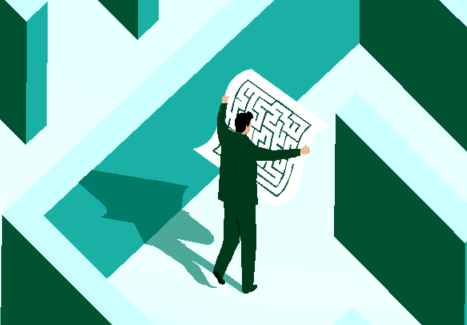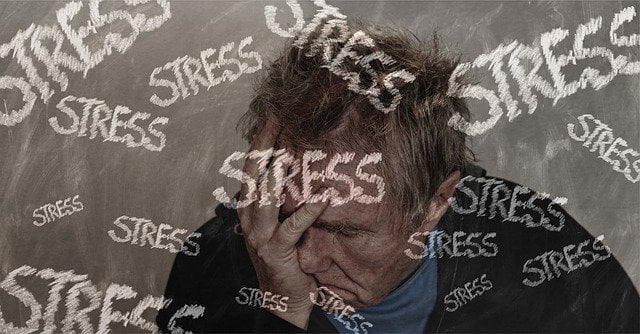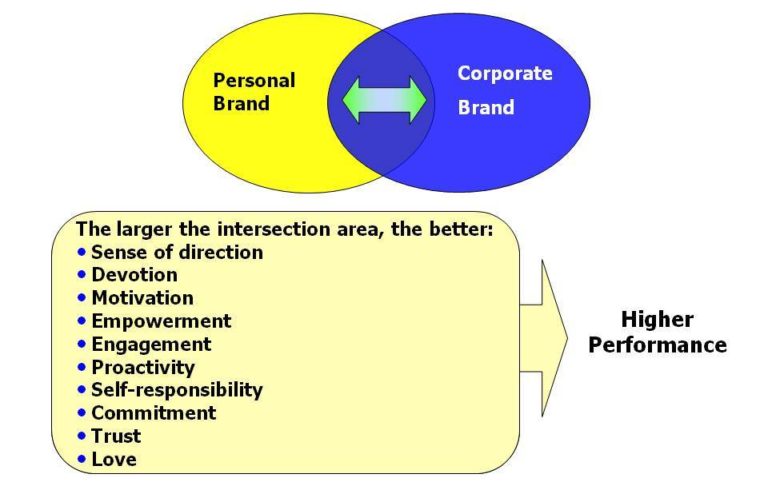How to Design an Agenda for an Effective Meeting
Summary. To prevent holding a meeting in which participants are unprepared, veer off-track, or waste the team’s time, you should create an effective meeting agenda that sets clear expectations for what needs to occur before and during the meeting. Seek input from your team members to ensure the agenda reflects their needs and keeps them engaged. If your entire team is meeting, then the issues discussed should affect everyone present and require the whole team’s effort to solve. Addressing topics that don’t impact everyone at the meeting wastes individuals’ valuable time. Another tactic for creating a better meeting agenda is listing topics as questions to be answered. Instead of writing “office space reallocation,” try “Under what conditions should we reallocate office space?” Let your team know if the purpose of the discussion is to share information, seek input on a decision, or make a decision. And indicate on the agenda who is leading each discussion so they can prepare. These tips, and five others, will help your team stay focused in meetings.
We’ve all been in meetings where participants are unprepared, people veer off-track, and the topics discussed are a waste of the team’s time. These problems — and others like it — stem from poor agenda design. An effective agenda sets clear expectations for what needs to occur before and during a meeting. It helps team members prepare, allocates time wisely, quickly gets everyone on the same topic, and identifies when the discussion is complete. If problems still occur during the meeting, a well-designed agenda increases the team’s ability to effectively and quickly address them.
Here are some tips for designing an effective agenda for your next meeting, with a sample agenda and template below. You can use these tips whether a meeting lasts an hour or three days and whether you’re meeting with a group of five or forty:








